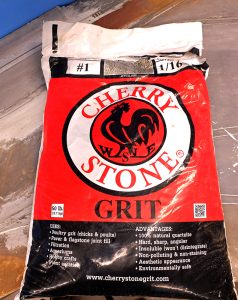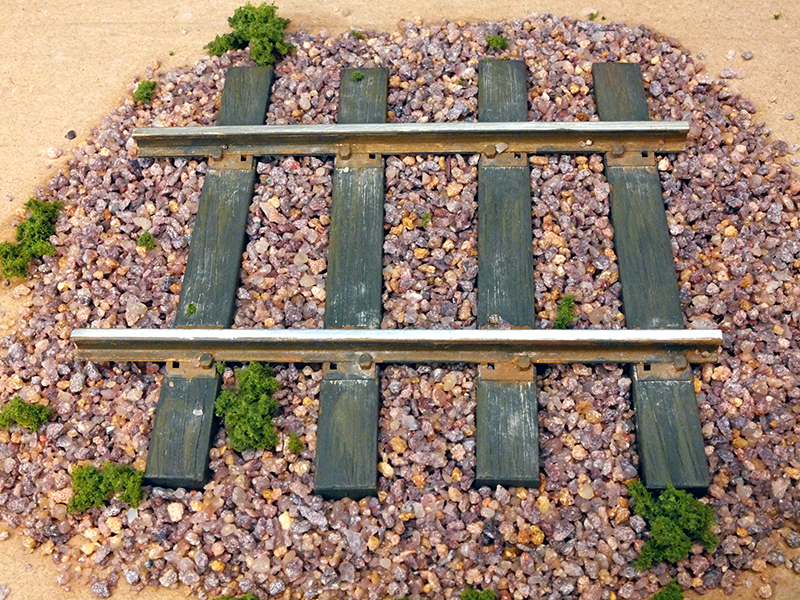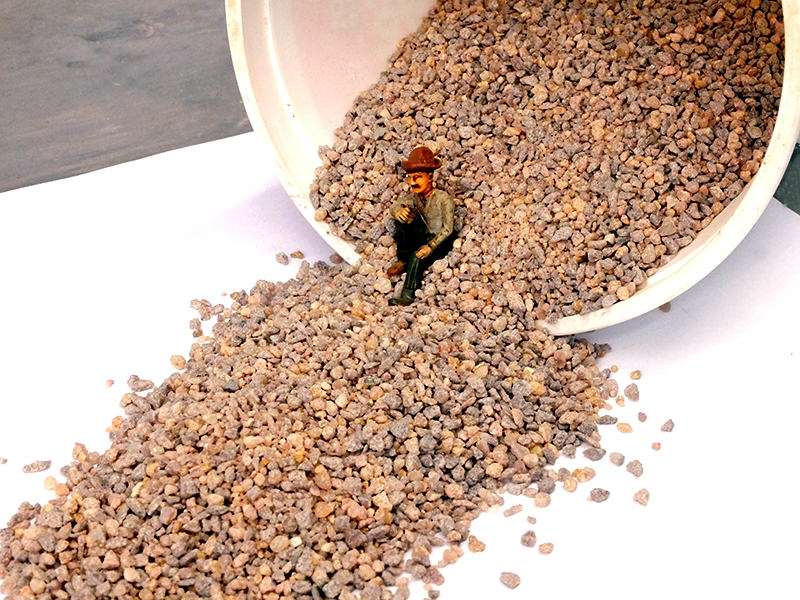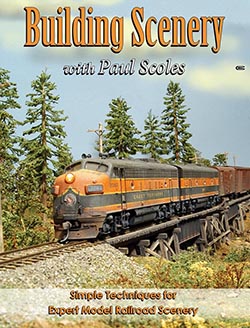By Joseph Kreiss/photos by the author
We had to replace the old and crumbling driveway and a couple sections of walkway at our house this past fall. Because we live in the Midwest, known for snowy and cold winters, melting ice on the sidewalk with rock salt has been an annual winter routine. With the new driveway complete and winter looming ahead, our concrete guy told us to stay away from using salt since it would pit fresh concrete. Instead he recommended using farmyard poultry grit as a traction aid to keep from slipping on the icy walkways.
My wife Kim headed to the hardware/farm supply store in town and came back with two, 50-pound bags of grit made by the Cherry Stone company. For those who might not know, grit is not a food product, but crushed stone. Since hens don’t have teeth, chickens and other poultry peck at the small stone material, swallow and use it to grind down their food in their gizzard. Grit is essential for hens to be healthy. Grit comes in different sizes for different ages of birds – smaller for young chickens, larger size for older poultry.
 By now you must have asked yourself, “What do chickens and grit have to do with model railroading?” Well, plenty. Model railroaders are a resourceful lot, always looking for ways to take “something” and find a new use for it on the layout. We don’t have chickens roaming around our property and I hadn’t really paid much attention to the bags of grit sitting in the garage, until I needed to sprinkle some of it on the driveway after an overnight drenching of freezing rain this past winter. While tossing the small gravel onto the ice, I thought, this stuff could work as ballast or rock on my layout. I scooped up a coffee can full of the grit and headed inside to experiment with my new-found scenery material.
By now you must have asked yourself, “What do chickens and grit have to do with model railroading?” Well, plenty. Model railroaders are a resourceful lot, always looking for ways to take “something” and find a new use for it on the layout. We don’t have chickens roaming around our property and I hadn’t really paid much attention to the bags of grit sitting in the garage, until I needed to sprinkle some of it on the driveway after an overnight drenching of freezing rain this past winter. While tossing the small gravel onto the ice, I thought, this stuff could work as ballast or rock on my layout. I scooped up a coffee can full of the grit and headed inside to experiment with my new-found scenery material.
There are several different brands of grit on the market, as well as various grit sizes. Kim bought the #1 size, which means each grain of rock is roughly 1/16-inch in diameter. The higher the number, the larger the grit. The gray-tan color of the Cherry Stone brand grit reminded me of rock found in the Colorado region.
I tried different ways of incorporating the grit into my model railroad and found the #1 grit is still hefty for smaller scales, such as my HO-scale Big Island Rail layout. But, moving up into the larger scales, the grit starts to look more to scale and could be used as ballast on the larger scale track. That’s not to say I won’t find uses for the grit on my Big Island Rail layout. I have. The material can be scattered along roadways and under rock outcropping to represent talus and used as fill material along embankments and creek beds. It can also work well to represent aggregate for gondola and hopper car loads. I anticipate using the grit in many of the same ways on my On30 swamp logger layout, the Mosquito Creek Lumber Company.

Size #1 grit as ballast on a section of G scale track
Where this material can really shine is in the larger scales such as 1:20.3 scale, 1:32 scale and G scale layouts. I had a sample section of Llagas Creek 1:20.3 narrow gauge flex track sitting around my work bench. I spread the grit around the ties and rails, quickly added some ground foam, glued it all in place and was very impressed by the look.
The grit material can be successfully adhered to the layout and roadbed with the tried-and-true soaking with “wet” water and adding diluted white glue. According to the package label, the grit is 100% natural, insoluble, non-staining, non-polluting and is environmentally safe. One minor down side to using the grit is that it is made from quartzite, and some pieces look glassy or translucent after adding water and glue, washing away the dust on the grit. I think a quick over-spray of a dust color paint and weathering would disguise that fact.
Fifty pounds of grit will last a very long time as a scenery material even if it does get used for its main purpose as an anti-slip material in the driveway, or for chickens. If I was modeling in the large scales, I would certainly try the grit for ballast. The main benefit here is, grit is dirt cheap. A 50-lb. bag of grit cost about $6. That’s very inexpensive scenery material. And at $6 per 50-lb. bag, that works out to just pennies per foot of track! Compare that to the cost of commercially packaged ballast, and it’s a definite bargain.
Hmmm… Now that I look at the large-scale track sample, maybe I could find room to do a small 1:20.3 switching layout. You know, to help use that big bag of grit up faster.



